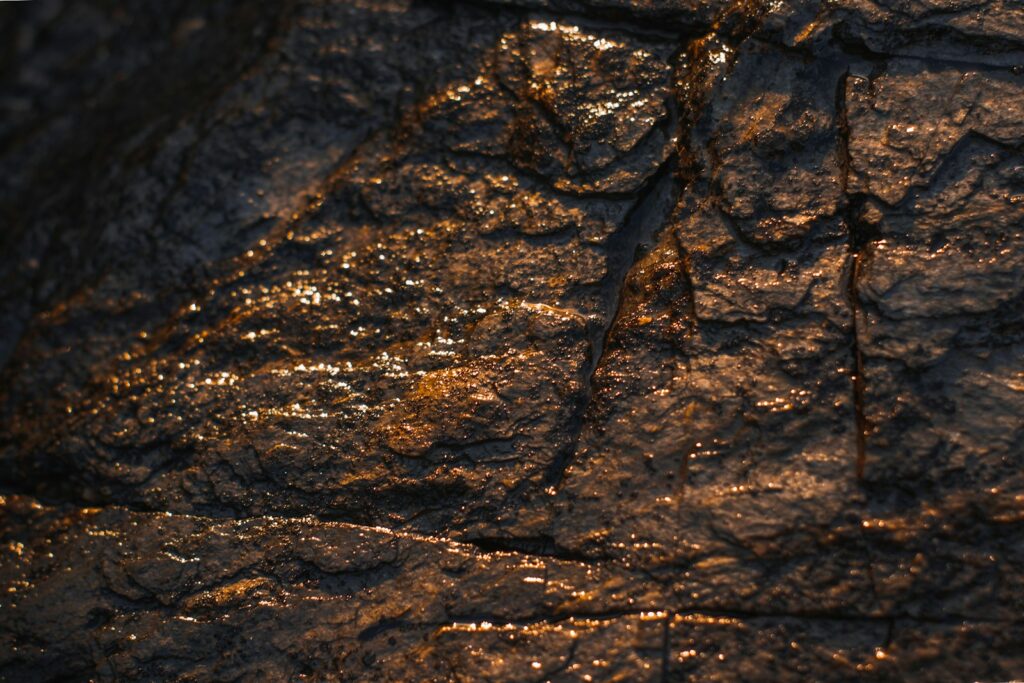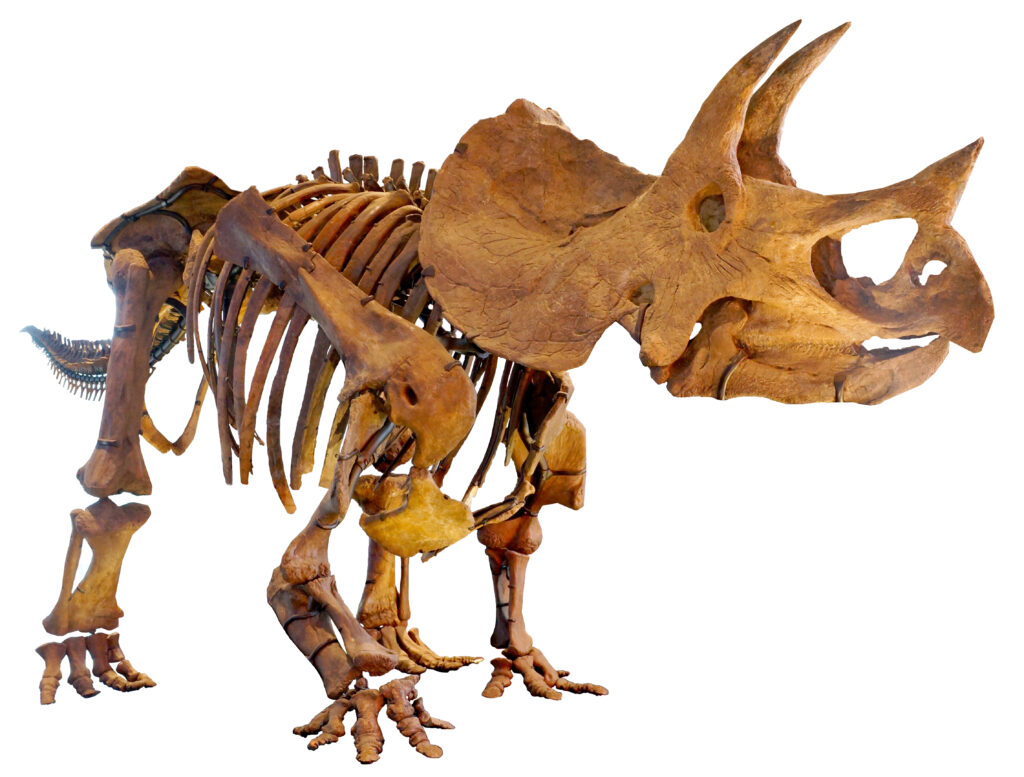Picture walking through a forest where ancient trees cast shadows over a landscape that hasn’t changed for millions of years. Now imagine that beneath your feet lie the remnants of creatures so massive and bizarre that their very bones shaped the world around them. This isn’t just fantasy – it’s the reality of prehistoric ecosystems where fossilized remains tell us incredible stories about how life and death intertwined in ways we’re only beginning to understand.
The Revolutionary Discovery of Bone-Eating Beetles in Amber
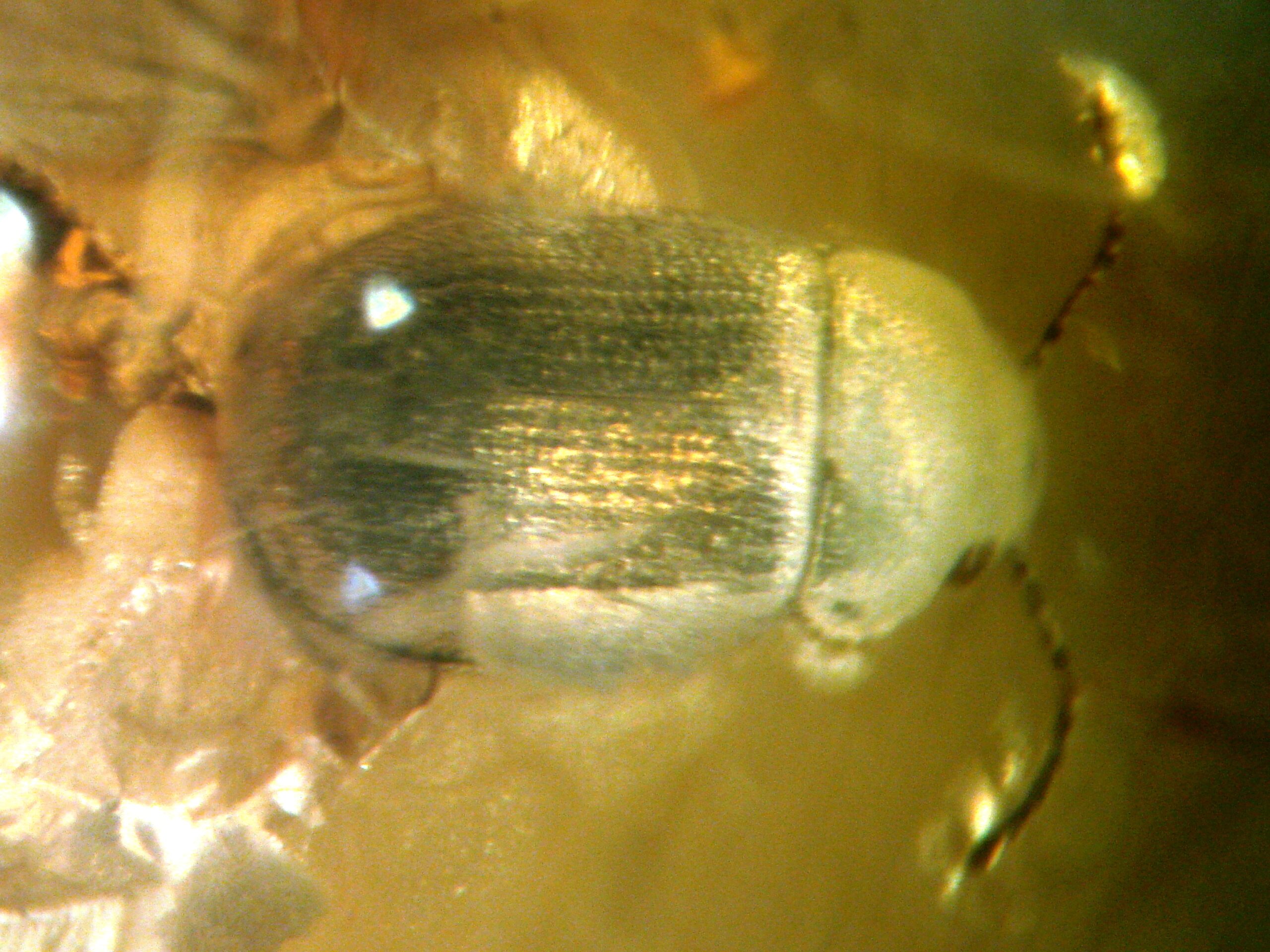
Deep within the golden depths of 99-million-year-old Myanmar amber, scientists made a discovery that changed everything we thought we knew about ancient scavenging. Trapped alongside tiny fragments of dinosaur bone were perfectly preserved beetles, their mandibles still clenched around pieces of prehistoric calcium. These weren’t just any beetles – they were specialized bone-eaters, equipped with powerful jaws designed specifically for breaking down skeletal remains. The amber preserved not just the insects themselves, but actual bite marks on the bone fragments, creating a frozen moment of prehistoric recycling. This discovery proved that even in the age of dinosaurs, nature had already evolved sophisticated systems for breaking down and redistributing the nutrients locked within massive skeletons. What makes this find even more remarkable is that these ancient bone-eating specialists show clear evolutionary relationships to modern carrion beetles, suggesting that bone processing has been a crucial ecological function for over 100 million years.
Massive Sauropod Graveyards and Their Ecosystem Impact
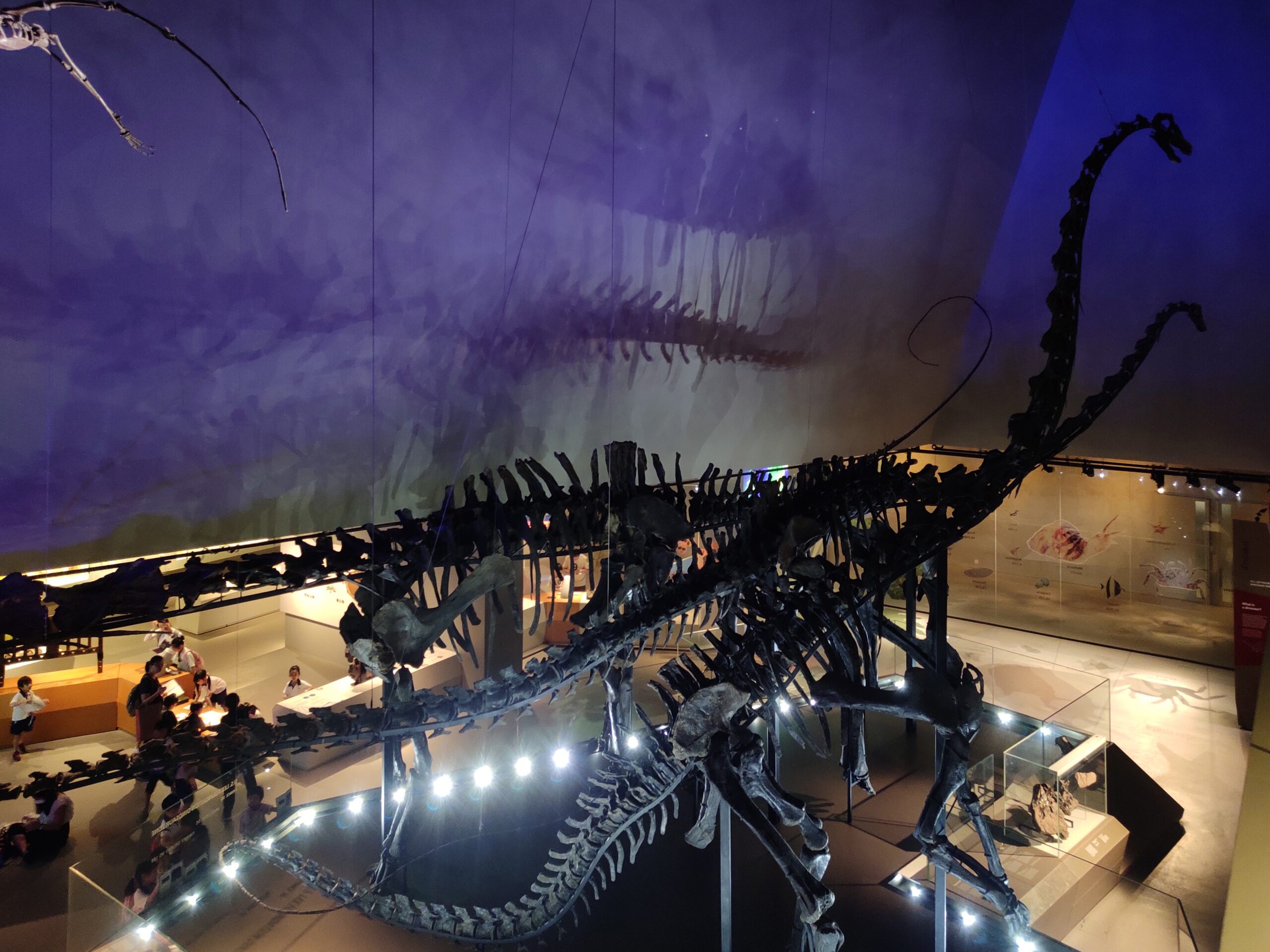
When a 50-ton sauropod died in the Jurassic Period, it wasn’t just the end of one life – it was the beginning of an ecological bonanza that could sustain entire communities for decades. Fossil sites like the Morrison Formation reveal massive bone beds where dozens of these giants accumulated, creating prehistoric “bone cities” that attracted scavengers from hundreds of miles away. The sheer volume of calcium and phosphorus released from these decomposing behemoths would have fundamentally altered soil chemistry across vast areas. Plants growing near these bone beds would have experienced unprecedented nutrient boosts, likely creating oasis-like conditions in otherwise harsh environments. Archaeological evidence shows that smaller dinosaurs, early mammals, and countless invertebrates congregated around these sites, forming complex food webs centered entirely around the slow decomposition of giant bones. The impact was so significant that some paleontologists believe these sauropod graveyards may have influenced migration patterns and territorial behaviors of Jurassic predators for generations.
Ancient Bone Caves and Underground Ecosystems
Hidden beneath the surface of Permian-era landscapes, vast networks of caves filled with accumulated bones created unique underground ecosystems that challenge our understanding of prehistoric life. These bone caves, discovered in South Africa and Russia, contain thousands of perfectly preserved skeletons from creatures ranging from early reptiles to primitive mammals. What’s fascinating isn’t just the bones themselves, but the evidence of entire communities that thrived in these subterranean bone yards. Specialized cave-dwelling arthropods evolved specifically to process the constant supply of skeletal remains, their fossilized remains found alongside clear evidence of bone modification and processing. The caves maintained stable temperatures and humidity levels, creating perfect conditions for slow decomposition that could feed these underground communities for centuries. Some of these bone caves show evidence of being actively used by surface-dwelling scavengers as storage sites, suggesting complex behavioral adaptations centered around bone preservation and utilization.
The Phosphorus Connection in Cretaceous Marine Environments

The ocean floors of the Cretaceous Period tell a stunning story of how marine reptile bones became the foundation of entire underwater ecosystems. Massive mosasaurs, plesiosaurs, and marine crocodiles didn’t just die and disappear – their skeletons became geological features that influenced ocean chemistry for millions of years. Fossil evidence from the Western Interior Seaway shows how accumulations of these giant bones created phosphorus-rich zones that attracted unique assemblages of marine life. Specialized boring organisms evolved to tunnel into these underwater bone reefs, creating complex three-dimensional habitats that supported diverse communities of filter-feeders, scavengers, and predators. The slow release of phosphorus from these skeletal remains created localized blooms of plankton, which in turn supported higher levels of the food chain. Modern deep-sea whale falls provide a perfect analogy for understanding these ancient bone-based ecosystems, but the Cretaceous marine bone beds operated on a scale that dwarfs anything in today’s oceans.
Dinosaur Bone Tools and Behavioral Adaptations
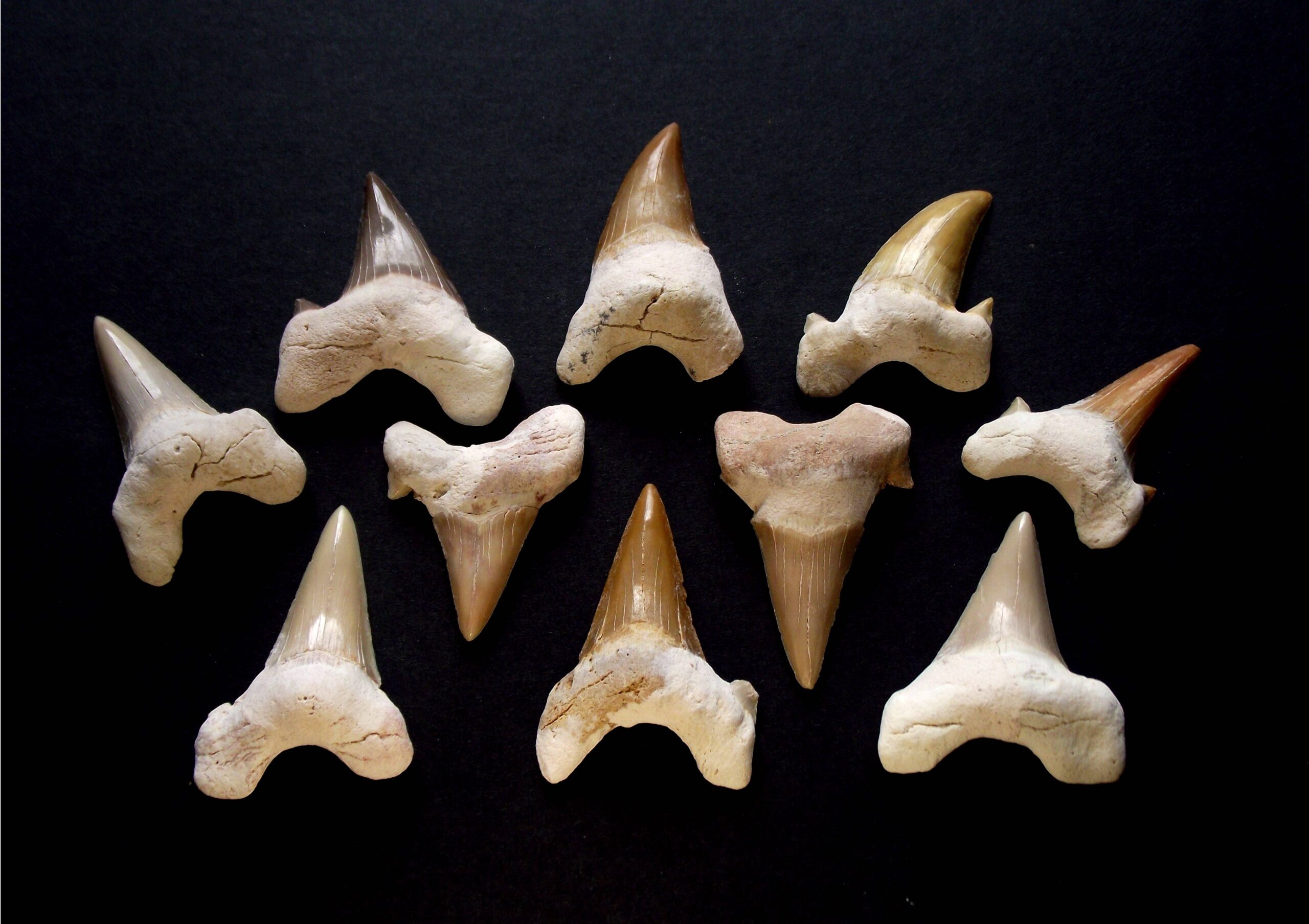
Perhaps the most mind-blowing discovery in recent paleontology is evidence that some dinosaurs actively used bones from other species as tools and environmental modifiers. Fossilized sites in Montana reveal clear evidence of theropod dinosaurs manipulating large bone fragments, possibly using them to crack open tough plant materials or access nutrient-rich marrow. These modified bones show distinctive wear patterns that can only be explained by deliberate manipulation by intelligent predators. Even more intriguing is evidence suggesting that some species may have used large bones as territorial markers or nesting materials, incorporating the calcium-rich remains into their reproductive strategies. The implications are staggering – it means that dinosaur bones weren’t just passive elements in ancient ecosystems, but active tools that influenced behavior, nutrition, and possibly even social structures. This challenges our fundamental assumptions about dinosaur intelligence and suggests that bone utilization may have been far more sophisticated than previously imagined.
The Ice Age Bone Circle Phenomena
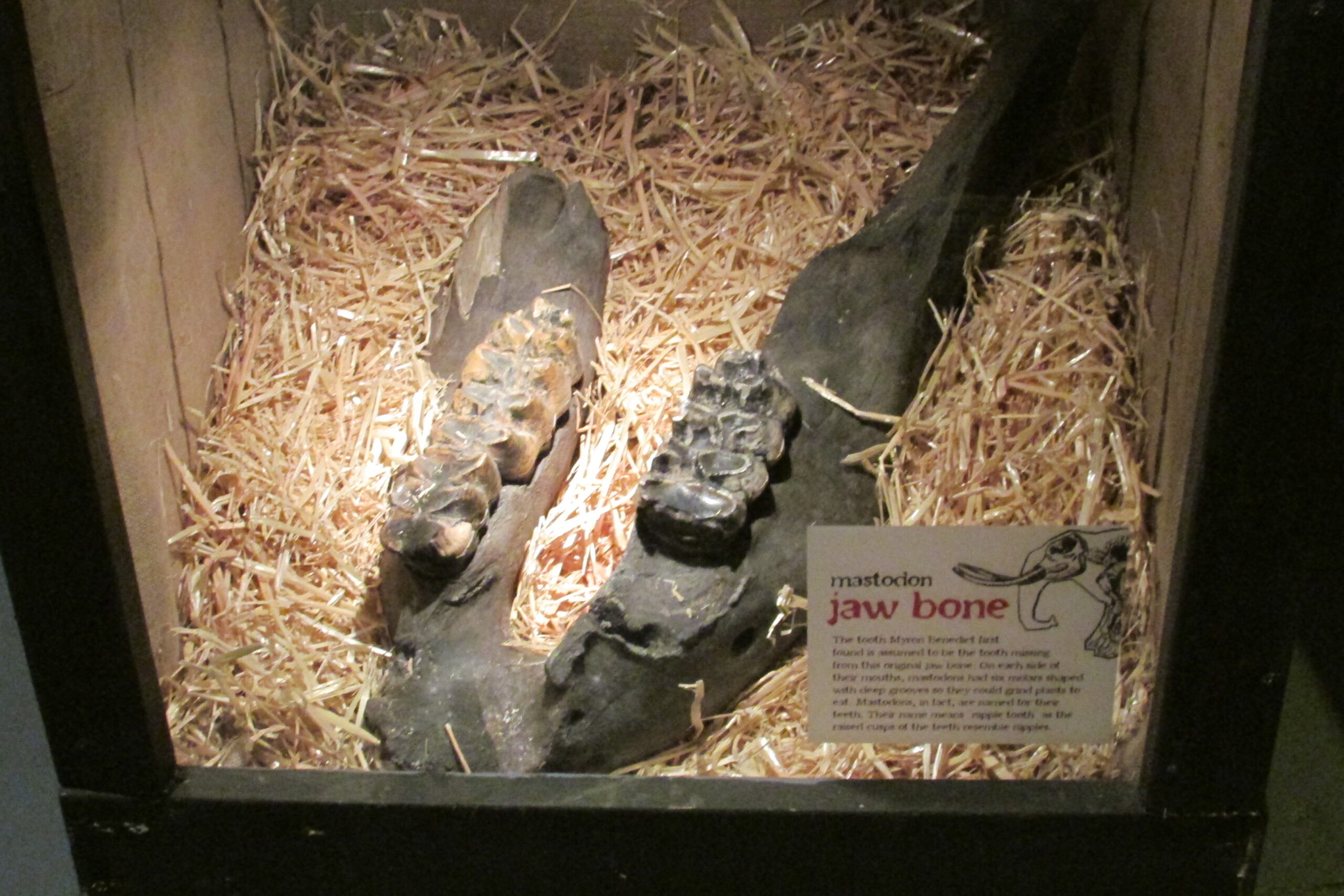
During the Pleistocene Ice Age, mammoth and mastodon bones became architectural elements in prehistoric ecosystems, creating structures that influenced both animal behavior and plant growth patterns. Archaeological sites across Siberia and North America reveal mysterious circular arrangements of massive bones, some clearly created by early humans but others showing evidence of natural formation through repeated use by various species. These bone circles served as windbreaks, territorial boundaries, and resource caches that fundamentally altered local microclimates. The calcium-rich environment within these structures supported unique plant communities that couldn’t survive in the surrounding tundra. Evidence suggests that these bone arrangements were maintained and modified over thousands of years, creating stable ecological niches that persisted long after the original bone contributors had vanished. Some sites show continuous use spanning multiple glacial cycles, indicating that these bone-based structures became permanent features of Ice Age landscapes.
Fossilized Evidence of Bone Marrow Extraction Networks
Recent discoveries in Triassic deposits reveal sophisticated networks of bone processing that suggest early ecosystems developed remarkably complex systems for extracting and distributing nutrients from skeletal remains. Fossilized bones from this period show distinctive crack patterns and tool marks that indicate systematic marrow extraction by various species. What’s remarkable is the evidence for coordinated behavior among different species, with some acting as primary bone breakers while others specialized in accessing the nutrient-rich interior materials. These bone processing sites show evidence of repeated use over extended periods, with accumulations of bone fragments indicating established “workshops” where multiple species would gather to exploit skeletal resources. The sophistication of these operations suggests that bone processing was a learned behavior that was passed down through generations and possibly shared between species. This level of cooperation and specialization around bone utilization indicates that skeletal remains were far more than just waste products in ancient ecosystems.
Predator-Scavenger Bone Modification Patterns
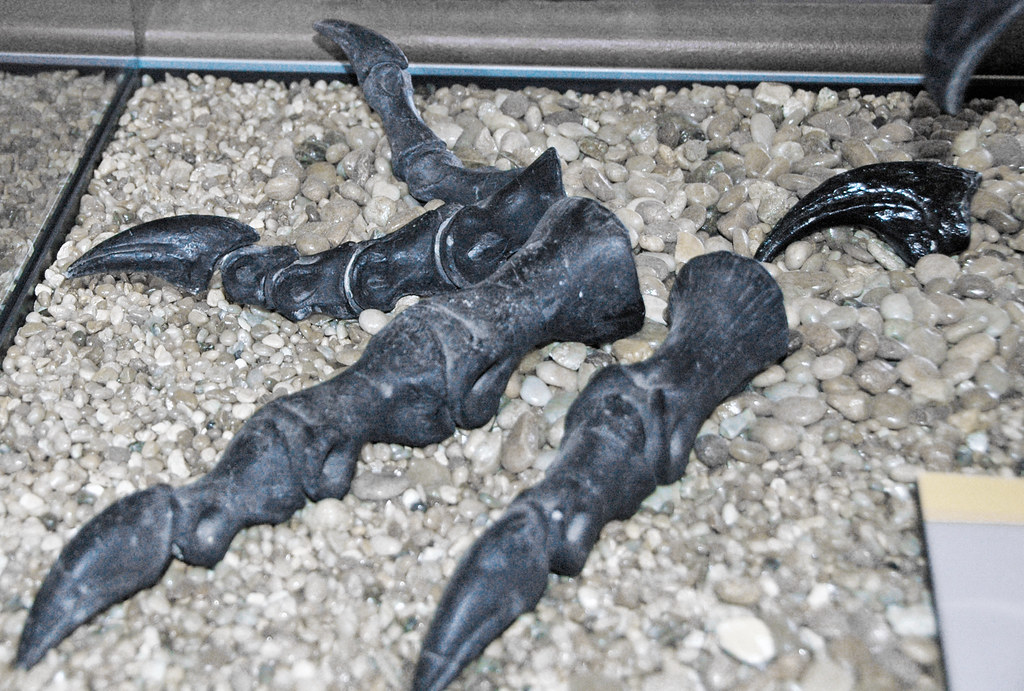
The relationship between predators and scavengers in ancient ecosystems becomes crystal clear when examining the distinctive modification patterns left on fossilized bones. Different species left unique signatures when processing skeletal remains, creating a fossil record that reads like a prehistoric crime scene investigation. Large predators like Allosaurus left characteristic crushing marks on major limb bones, while smaller scavengers created intricate networks of gnaw marks that tell stories of extended feeding sessions. The sequence of these modifications reveals complex timing relationships, showing how carcasses were processed in stages by different species over weeks, months, or even years. Some bones show evidence of being repeatedly returned to and modified, suggesting that certain skeletal remains became long-term resources that supported multiple generations of scavengers. The preservation of these modification patterns provides unprecedented insight into the social dynamics and resource competition that shaped prehistoric ecosystems.
Bone-Derived Soil Chemistry and Plant Evolution
The chemical signature of ancient bone beds extends far beyond the skeletal remains themselves, creating distinct soil profiles that influenced plant evolution and ecosystem development across geological time scales. Fossilized soils near major bone accumulations show dramatically elevated levels of calcium, phosphorus, and trace minerals that created unique growing conditions for prehistoric vegetation. These bone-enriched environments supported plant communities that couldn’t survive elsewhere, leading to the evolution of specialized species adapted to high-nutrient conditions. Some of these plants developed unique adaptations for processing and concentrating bone-derived minerals, creating feedback loops that further concentrated nutrients in specific areas. The fossil record shows that these bone-influenced plant communities often became centers of biodiversity, attracting herbivores and their predators in patterns that persisted for millions of years. This demonstrates that the influence of skeletal remains on ecosystems extended far beyond immediate scavenging opportunities, fundamentally shaping the evolutionary trajectory of entire biological communities.
Marine Bone Reefs and Deep-Time Ecosystem Engineering

The discovery of fossilized marine bone reefs in Devonian deposits reveals that skeletal remains were actively creating three-dimensional habitat structures hundreds of millions of years ago. These underwater bone accumulations, primarily from early fish and marine reptiles, became colonized by various marine organisms that used the calcium-rich substrate as both shelter and nutrition source. The bone reefs show evidence of complex succession patterns, with different species colonizing and modifying the structures over extended periods. Specialized boring organisms created tunnel networks throughout the bone matrices, increasing surface area and creating microhabitats for countless smaller species. These marine bone reefs demonstrate ecosystem engineering on a massive scale, with skeletal remains literally building the architecture that supported diverse marine communities. The longevity of these structures – some persisting for millions of years – shows that bone-based ecosystem engineering was a major force in shaping marine biodiversity throughout geological history.
Dinosaur Coprolites and Bone Fragment Digestion
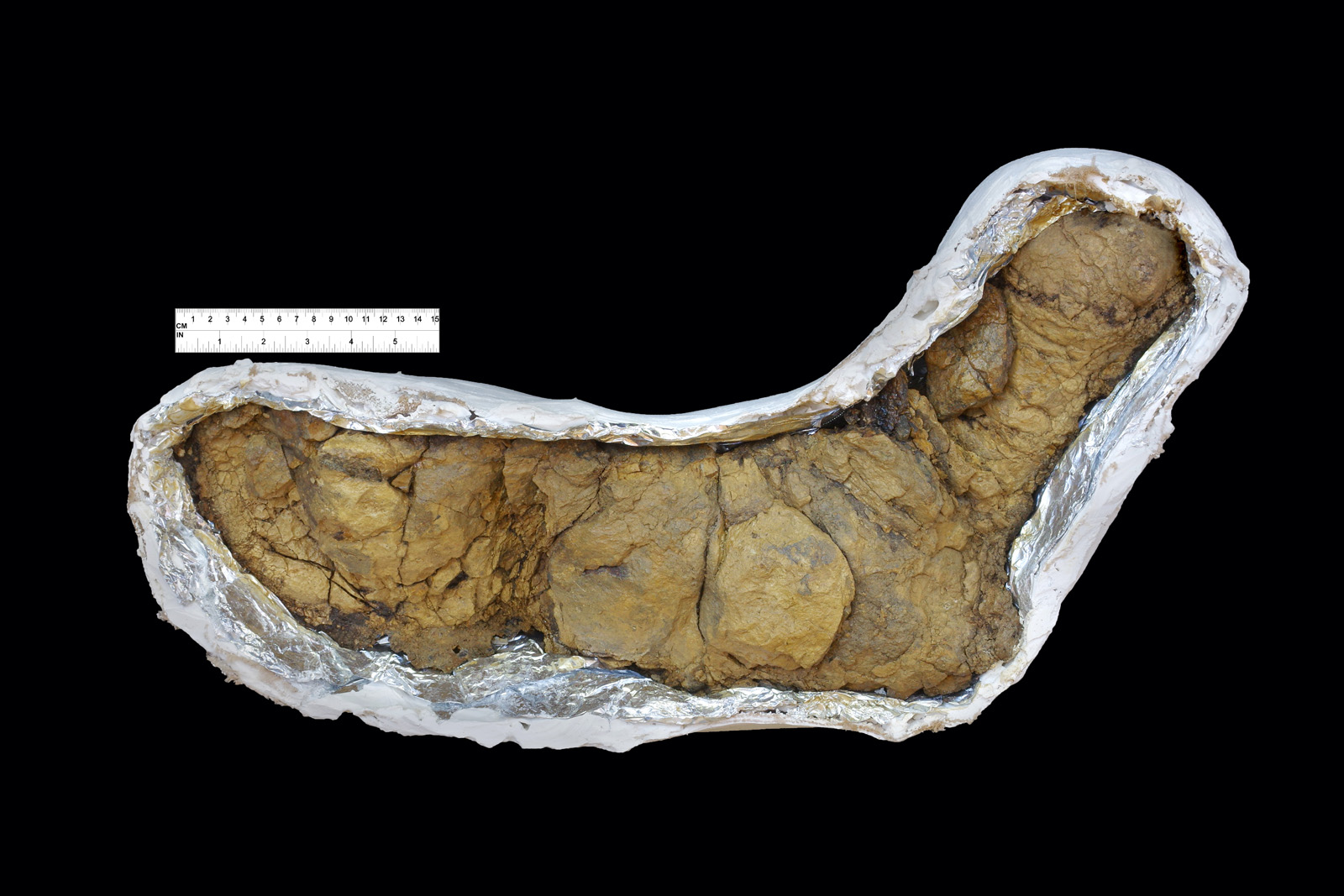
Fossilized dinosaur droppings tell an unexpected story about how bones moved through ancient food webs, revealing that many species regularly consumed and processed skeletal material as part of their normal diet. These coprolites contain fragments of bones from various species, indicating that bone consumption was far more common than previously thought. The preservation of partially digested bone fragments shows that different species had varying abilities to extract nutrients from skeletal material, with some processing bones almost completely while others passed large fragments unchanged. Chemical analysis of these fossilized remains reveals that bone consumption provided crucial minerals that may have been difficult to obtain from other sources in prehistoric environments. The distribution of bone-containing coprolites across different geological formations suggests that this behavior was widespread and persistent throughout dinosaur evolution. This evidence fundamentally changes our understanding of dinosaur diets and shows that the line between herbivore and carnivore was much blurrier than modern classifications suggest.
Arthropod Bone Processing Communities
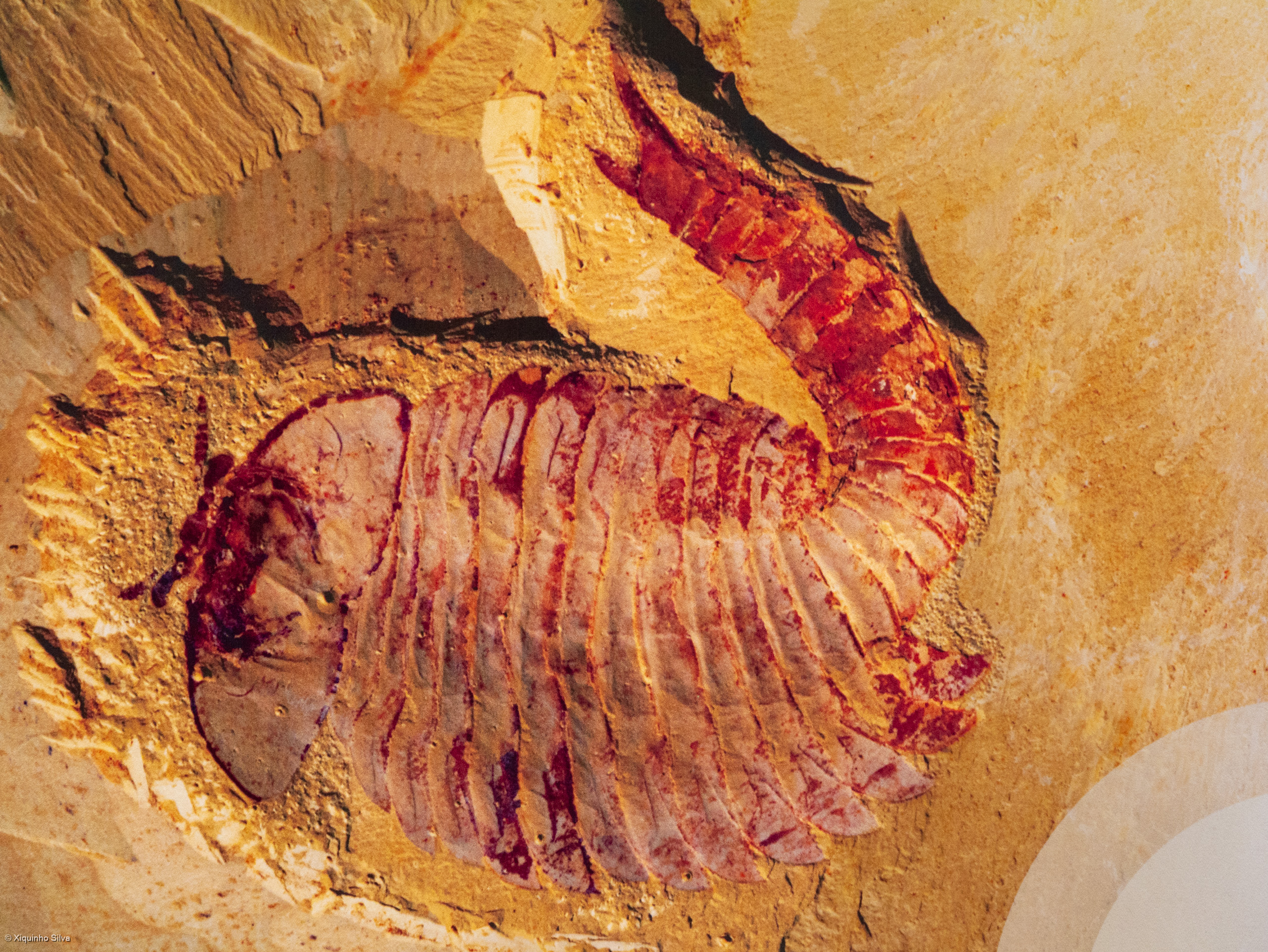
The fossilized remains of ancient arthropod communities reveal sophisticated social structures built entirely around bone processing, with different species filling specialized roles in breaking down and distributing skeletal nutrients. These prehistoric bone-processing societies show evidence of division of labor, with some arthropods specialized for initial bone breaking, others for fine processing, and still others for waste management and cleanup. Fossil sites preserve complete arthropod assemblages caught in the act of processing dinosaur bones, providing snapshots of complex social behaviors that operated around skeletal resources. The diversity of these arthropod communities was directly related to the size and type of bones available, with larger bones supporting more diverse and specialized processing teams. Some sites show evidence of seasonal cycles in arthropod bone processing, suggesting that these communities were synchronized with broader ecological rhythms. The sophistication of these ancient bone-processing societies rivals anything seen in modern ecosystems, demonstrating that complex social behaviors around resource processing evolved much earlier than previously thought.
Calcium Cycling and Long-Term Ecosystem Stability
The role of bones in ancient calcium cycling reveals how skeletal remains served as long-term nutrient storage and release systems that stabilized ecosystems across geological time scales. Fossilized bone beds show evidence of continuous calcium cycling that persisted for millions of years, with bones alternately storing and releasing minerals based on environmental conditions. This calcium buffering system helped maintain stable soil chemistry and water quality in ancient ecosystems, providing resilience against environmental fluctuations. The slow release of calcium from massive bone accumulations created predictable nutrient gradients that influenced everything from plant distribution to animal migration patterns. Evidence suggests that disruptions to these bone-based calcium cycling systems may have contributed to some prehistoric extinction events, highlighting their crucial role in ecosystem stability. Modern ecosystems lack equivalent calcium storage and cycling systems, making ancient bone-based communities fundamentally different from anything existing today.
The Future of Bone Ecosystem Research
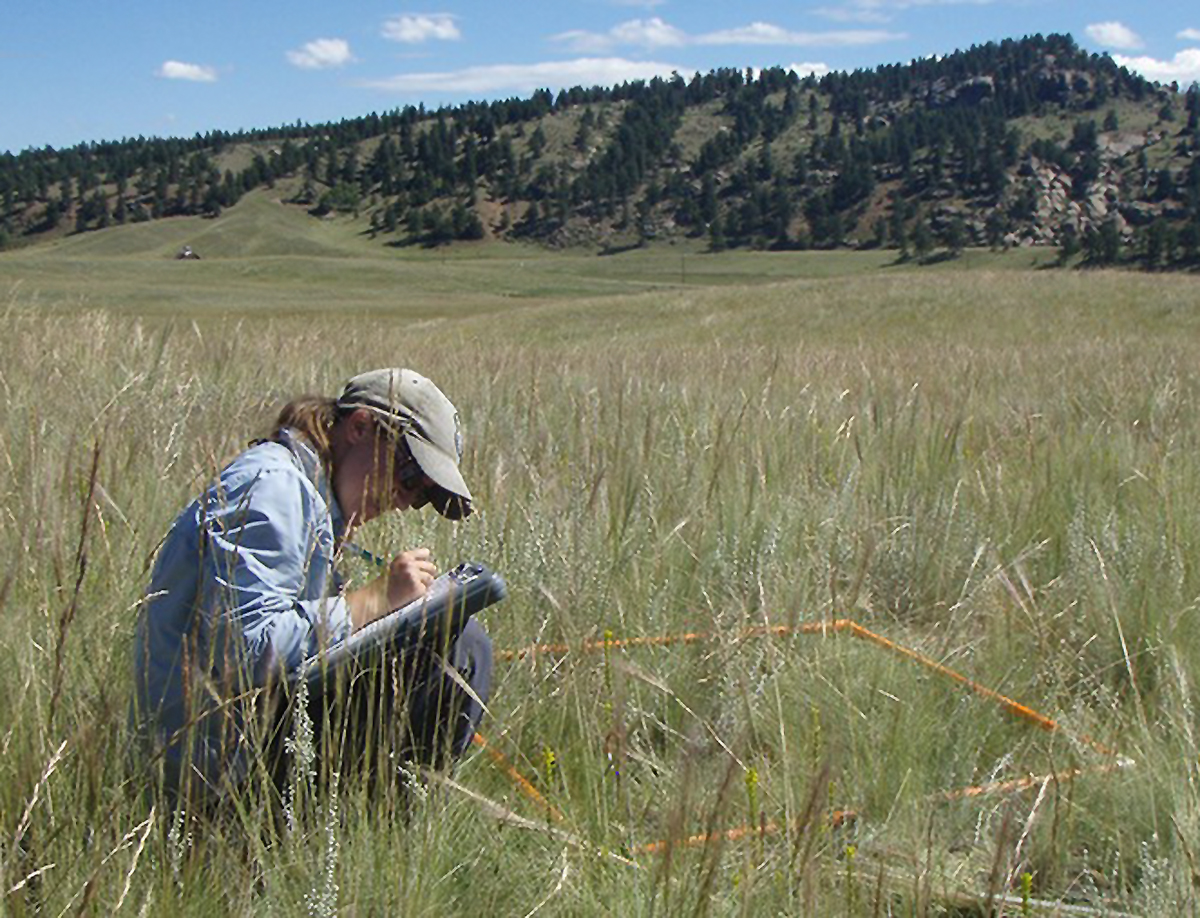
New technologies are revolutionizing our understanding of how bones shaped ancient ecosystems, with advanced imaging techniques revealing previously invisible details about bone processing and utilization. Synchrotron scanning allows scientists to examine internal bone structures and modification patterns at microscopic levels, uncovering evidence of arthropod tunneling, bacterial processing, and chemical alterations that tell complete stories of ecosystem interactions. Chemical analysis techniques are revealing the molecular signatures of bone-based nutrient cycling, showing how elements moved from skeletal remains through food webs and into geological formations. Virtual reality reconstructions are allowing researchers to visualize complete bone-based ecosystems, understanding how massive accumulations of skeletal remains created three-dimensional habitats that supported complex communities. These advancing technologies are constantly revealing new aspects of bone ecosystem interactions, suggesting that we’re only beginning to understand the full scope of how skeletal remains influenced ancient life. The implications for understanding modern ecosystem dynamics and conservation strategies are profound, as these ancient bone-based systems provide blueprints for natural resource cycling that could inform current environmental management approaches.
The fossil record reveals that bones were never just the end point of ancient lives – they were the beginning of complex ecological relationships that shaped entire ecosystems for millions of years. From beetle communities in amber to massive marine bone reefs, skeletal remains created opportunities, challenges, and evolutionary pressures that influenced everything from soil chemistry to predator behavior. These discoveries force us to reconsider our understanding of how ecosystems function and evolve, showing that death and decay weren’t just cleanup processes but active drivers of biodiversity and ecological innovation. What other secrets might be hiding in the bones beneath our feet, waiting to rewrite our understanding of life on Earth?


